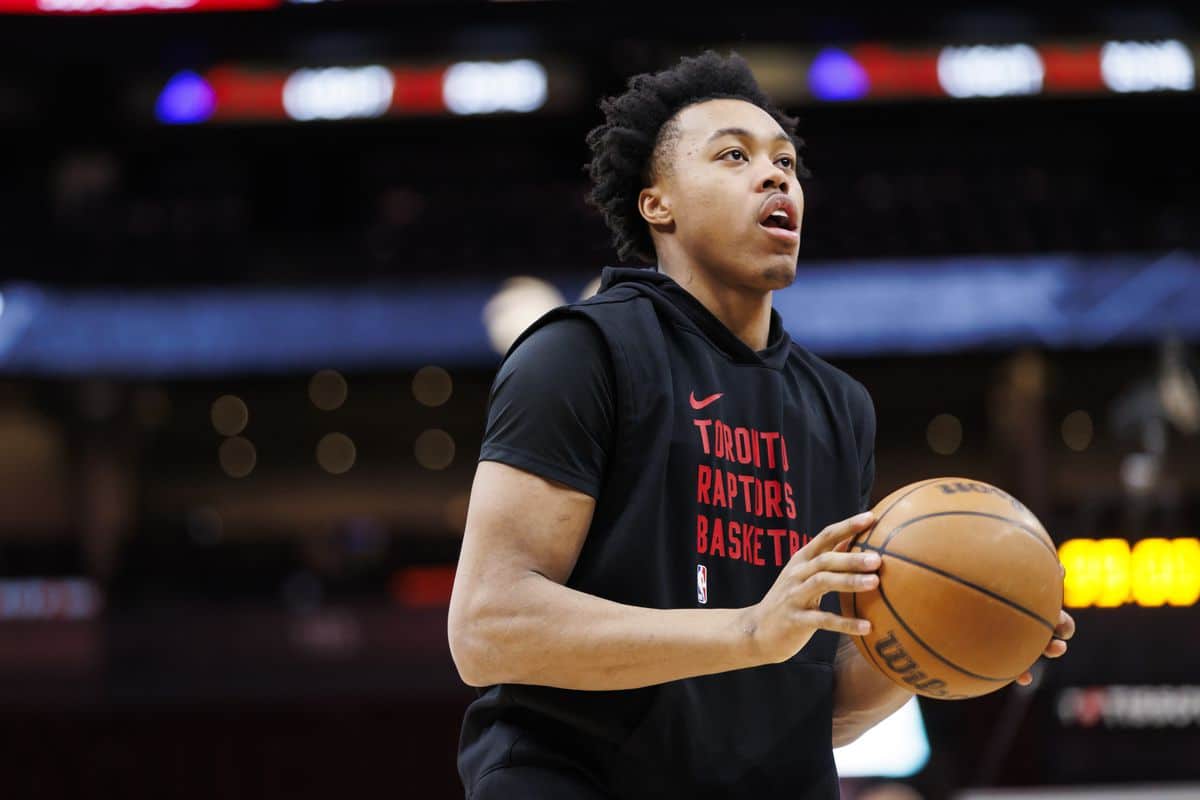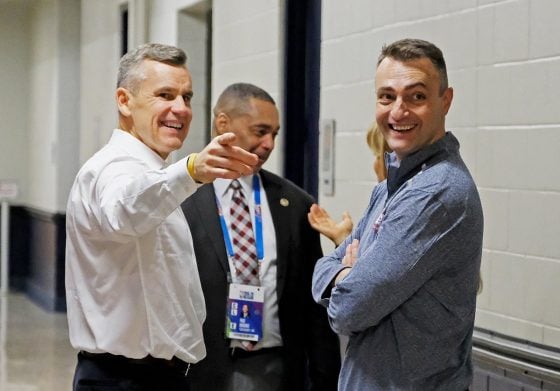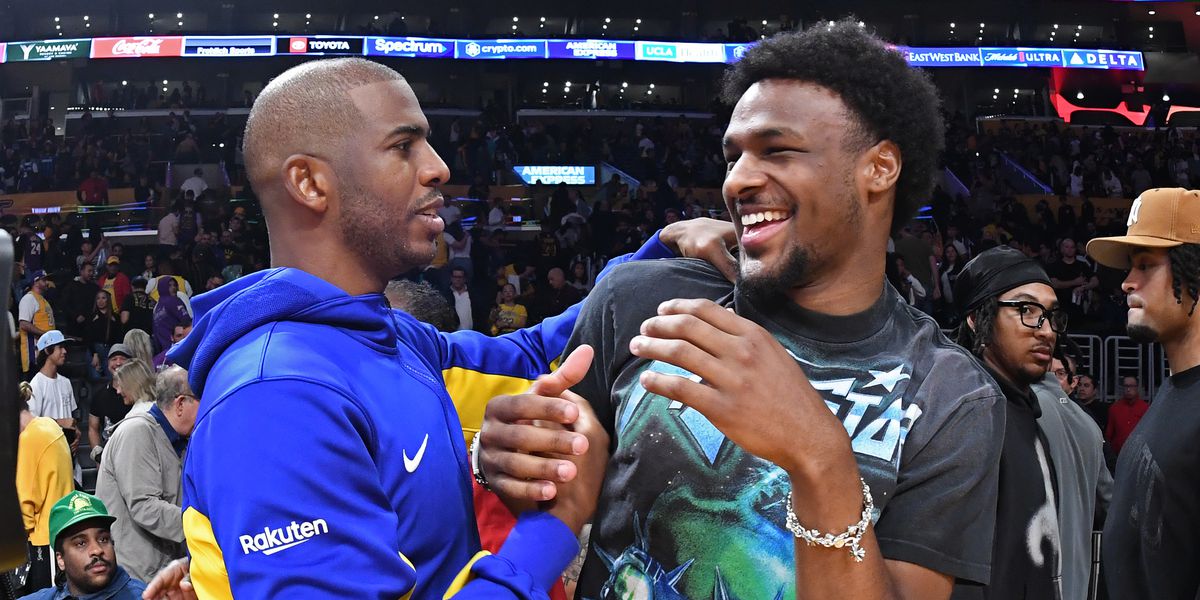Coming into the Boston Celtics‘ second-round playoff series against the Philadelphia 76ers, you knew the Joel Embiid and James Harden pick-and-roll was going to be a big part of their offense that wouldn’t necessarily be neutralized, but blunted.
As the series has worn on, we’ve seen the Sixers run multiple variations of their primary offense. They’ve gone down the middle, utilized side actions, ran empty corner, had Embiid pop, had him roll to the nail — you name it, the Sixers have done it. In Game 6, with the Sixers chasing one more victory, they utilized all of their pick-and-roll wrinkles as they threw different looks at Boston’s defense in the hope of finding a crack in their defensive armor.
The above possession is the Sixers’ first pick-and-roll play of the game, with Embiid and Harden running the action in the middle of the floor. Boston looks to defend the play by having Jaylen Brown operate in a rearview scenario, Al Horford in drop, and Robert Williams digging in to pressure Harden’s driving lane while cheating off of PJ Tucker.
Rather than try to challenge Williams, Harden kicks the rock out to the corner, where Tucker drains the three. It was clear from this one possession that the Celtics were going to try and limit Harden’s ability to get to the rim on drives by throwing a gauntlet of talent toward him.
Here we have similar action, but this time, Paul Reed is operating as the screener. Once again, the Celtics look to use their drop defense, a rear-view contest, and some nail help in the form of Jaylen Brown to ensure they’re showing a crowd to Harden.
While Harden makes his free-throw jumper, throughout the night, the Celtics found success crowding the middle. Furthermore, the nail help from a weakside wing was momentary, so no advantage was created in terms of an easy pass out to a shooter.
As the Sixers struggled to find an advantage when attacking from the middle of the floor, they went to their pick-and-roll actions, primarily with an empty corner to provide Harden room to drive and stretch out the defense.
Before we dive into this possession, it’s worth pointing out that Robert Williams has a rare defensive meltdown and creates the open lane for Harden to score through. Still, we’re focusing on the process, which, overall, was solid.
With an empty corner, Harden chooses to reject Embiid’s screen and drive toward the rim. As you would expect, the Celtics look to ‘ice’ Harden, utilizing the baseline and sideline as extra defenders in the hope of forcing a pass, contested shot, or turnover. Unfortunately, no one has rotated over to pick up Embiid, who is all alone in the strongside slot.
As such, Williams decides to pick him up right at the time Harden is making his way into the paint, thus generating the easy scoring opportunity for him. We can argue about whether Marcus Smart should have rotated over to allow Williams to defend the rim, but hindsight is 20/20. Regardless, the actual defensive process made sense and was visible whenever the Sixers went to their side action.
In what was a slight adjustment, the Sixers also incorporated some stagger actions on the perimeter as they looked for ways to attack Boston’s pick-and-roll defense and remove the nail help by incorporating a second screener.
Boston countered by having Jayson Tatum dig around the mid-post, forcing Tyrese Maxey to pick up his dribble and attack Williams at the rim. From there, Williams’ presence ensures Maxey adjusts his shot and releases a high arching floater. Again, though, the end result isn’t the important part, but rather how Boston altered their defense on the fly and utilized Tatum’s length to pressure the ball handler and force him into a shooting motion earlier than he probably would have liked.
Overall, the Celtics did a solid job when defending the Sixers’ pick-and-roll actions. Joe Mazzulla implemented a scheme that ensures both the ball-handler and screener are shown a crowd early and often, with pressure coming from the sides to stifle a dribble and/or shooting motion.
You’re not going to stop every shot, especially when Embiid, Harden, Maxey, and even Tobias Harris are involved in the screening sets, but during Game 6, the Celtics made life tough and forced Philadelphia’s core rotation to work hard for their buckets.
Boston has been doing a decent job of guarding pick-and-roll actions all post-season. In terms of defending the ball handler, the Celtics are guarding an average of 24 possessions per game, and holding teams to 0.93 points per possession, equating to a 40% shooting average. More importantly, the Celtics are rarely sending pick-and-roll shooters to the line, fouling on just 7% of possessions defended, and considering they’ve faced both Trae Young and Harden, is mightily impressive.
When guarding the roll man, the Celtics are fairing slightly worse, defending 5.2 possessions per game and allowing 1.03 points per possession on 44.1% shooting, but still limiting their fouling, giving up free throws just 5% of the time.
Still, we can expect Doc Rivers and the Sixers to make some minor tweaks to how they run their screening actions in Game 7 as they look to find a way past Boston’s improving their defense. If Mazzulla sticks with the team’s double-big lineup, the Sixers will find a hard time creating an advantage, as there be size 1-through-5 with very little room to exploit mismatches.
With Game 7 just a day away and the Sixers needing to figure out their pick-and-roll offense to stand a chance of progressing past the Celtics, it will be fun to see which team makes the necessary tweaks and how each side looks to counter throughout the 48 minutes.





